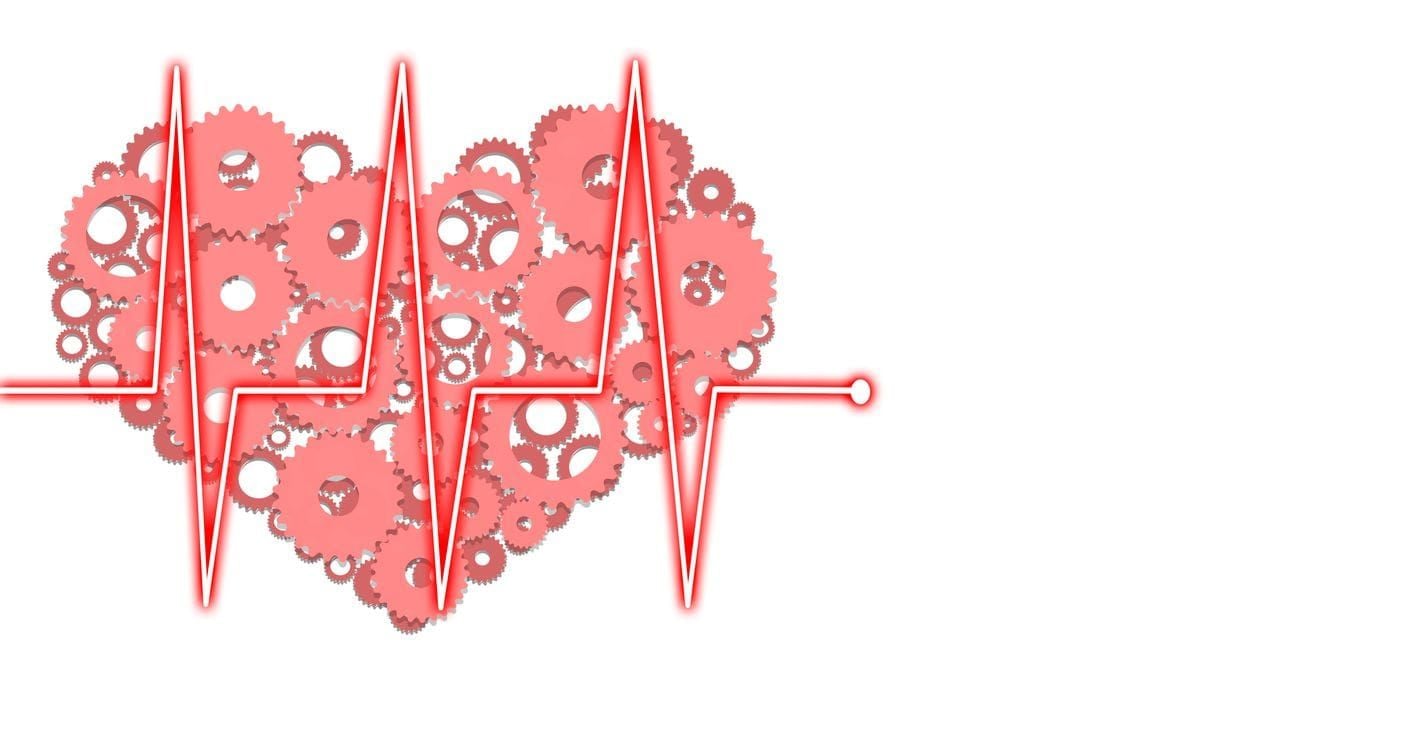Defying the odds: Why athletes with hypertrophic cardiomyopathy can still be competitive
)
Recent advancements in medical understanding mean that athletes with HCM can safely compete.
Hypertrophic cardiomyopathy (HCM) is a genetic condition characterised by the thickening of the heart muscle, which can impede normal heart function and increase the risk of arrhythmias and sudden cardiac arrest. Historically, the diagnosis of HCM has often meant an immediate halt to an athlete’s career, with the presumption that intense physical activity exacerbates the risks associated with the condition. However, recent advancements in medical understanding and technology suggest that, under proper management and monitoring, athletes with HCM can safely continue to compete.
Advances in understanding HCM
Recent studies have provided deeper insights into HCM, revealing that the condition is not as uniformly dangerous as once thought. The severity of HCM varies widely among individuals, with some experiencing minimal symptoms and others facing significant challenges. This variability underscores the importance of personalised medicine in managing HCM, where each athlete's unique condition is assessed rather than imposing a blanket prohibition.
Improved screening and monitoring
Technological advancements have significantly improved the screening and monitoring of athletes with HCM. Sophisticated imaging techniques, such as cardiac MRI and echocardiography, allow for detailed assessments of heart structure and function. Wearable technology enables continuous monitoring of heart rhythms, providing real-time data that can alert athletes and medical teams to potential issues before they become life-threatening. These tools collectively enhance the safety net for athletes with HCM, allowing for early intervention and tailored management strategies.
Individualised risk assessment
The concept of individualised risk assessment is gaining traction in sports cardiology. Athletes with HCM can undergo comprehensive evaluations to determine their specific risk profile. This includes genetic testing, family history analysis, and exercise testing to understand how their heart responds to physical stress. Such assessments can identify those at higher risk and tailor recommendations, accordingly, potentially allowing those with lower risk to continue competing under careful supervision.
Benefits of physical activity
Physical activity has well-documented benefits for cardiovascular health, including improved heart function, reduced blood pressure, and enhanced overall well-being. For athletes with HCM, maintaining an active lifestyle can have psychological and physical benefits that outweigh the risks, provided their condition is well-managed. Exercise can contribute to better heart health, which, paradoxically, might mitigate some of the risks associated with HCM.
Case for competitive sports
Competing in sports provides more than physical benefits; it fosters mental resilience, social connections, and a sense of purpose. For many athletes, their identity and emotional well-being are closely tied to their sport. Denying them the opportunity to compete can have profound negative impacts on their mental health. With appropriate precautions, these athletes can enjoy the benefits of sports while minimising the risks.
Implementing safe competition protocols
To allow athletes with HCM to compete safely, a comprehensive approach is essential. This includes:
Regular medical check-ups: Frequent assessments by a cardiologist experienced in sports medicine to monitor the athlete’s heart condition and adjust management plans as needed.
Customised training programs: Tailored exercise regimens that take into account the individual’s condition, focusing on safe intensity levels and avoiding activities that could trigger adverse events.
Emergency preparedness: Ensuring that sporting events are equipped with automated external defibrillators (AEDs) and that staff are trained in emergency response protocols.
Informed decision-making: Educating athletes and their families about the risks and benefits, empowering them to make informed decisions about their participation in sports.
Conclusion
The landscape of HCM management in athletes is evolving, driven by improved medical knowledge and technology. While caution is necessary, the potential for athletes with HCM to safely compete underlines the importance of individualised care and comprehensive management. Allowing these athletes to continue their sporting pursuits not only respects their autonomy but also acknowledges the significant physical, mental, and social benefits of athletic participation.
---
References
Chan, F, Lockie, T, Monserrat, L. et al. Subclinical Hypertrophic Cardiomyopathy in Elite Athletes: Knowledge Gaps Persist. J Am Coll Cardiol Case Rep. 2022 Jan, 4 (2) 94-98. https://doi.org/10.1016/j.jaccas.2021.11.004
Semsarian, C, Gray, B, Haugaa, K. et al. (2022). Athletic activity for patients with hypertrophic cardiomyopathy and other inherited cardiovascular diseases: JACC Focus Seminar 3/4. Journal of the American College of Cardiology, 80(13): 1268-1283.https://doi.org/10.1016/j.jacc.2022.07.013
Elena Arbelo E et al. (2023). 2023 ESC Guidelines for the management of cardiomyopathies: Developed by the task force on the management of cardiomyopathies of the European Society of Cardiology (ESC), European Heart Journal, 44(37): 3503-3626. https://doi.org/10.1093/eurheartj/ehad194
Malhotra A, Sharma S. (2017). Hypertrophic cardiomyopathy in athletes. European Cardiology Review, 12(2):80-82. doi: 10.15420/ecr.2017:12:1. https://www.ncbi.nlm.nih.gov/pmc/articles/PMC6223355/
McKinney J et al. (2024). New insights and recommendations for athletes with hypertrophic cardiomyopathy. Canadian Journal of Cardiology, 40(5): 921-933. https://onlinecjc.ca/article/S0828-282X(24)00162-4/abstract
Sheikh N, et al. (2015). Clinical profile of athletes with hypertrophic cardiomyopathy. Circulation: Cardiovascular Imaging, 8(7): https://www.ahajournals.org/doi/full/10.1161/CIRCIMAGING.114.003454
Snir AW et al. (2021). Exercise in hypertrophic cardiomyopathy: restrict or rethink. American Journal of Physiology - Heart and Circulatory Physiology, 320(5): H2101-H2111. https://journals.physiology.org/doi/full/10.1152/ajpheart.00850.2020
| Tags:Cardiac ChallengesHeart Health for AthletesHH4AHypertrophic Cardiomyopathy |

)